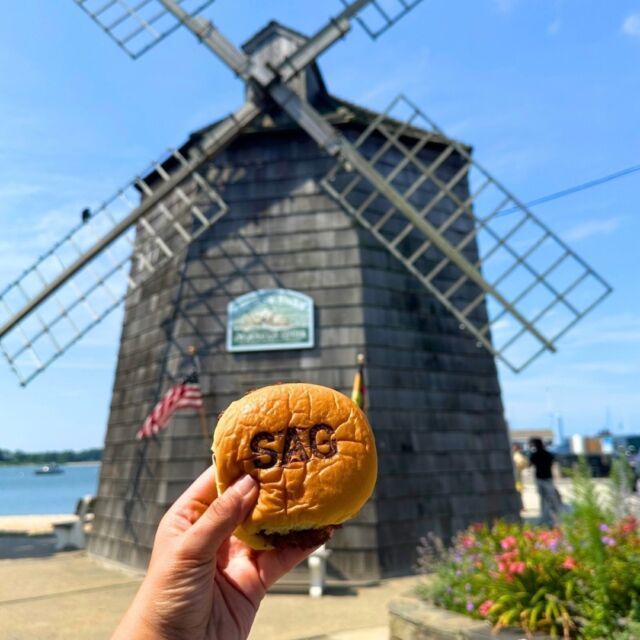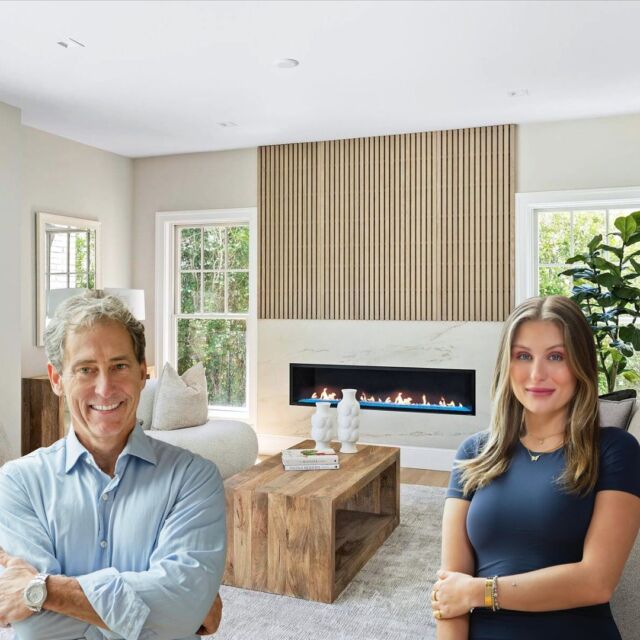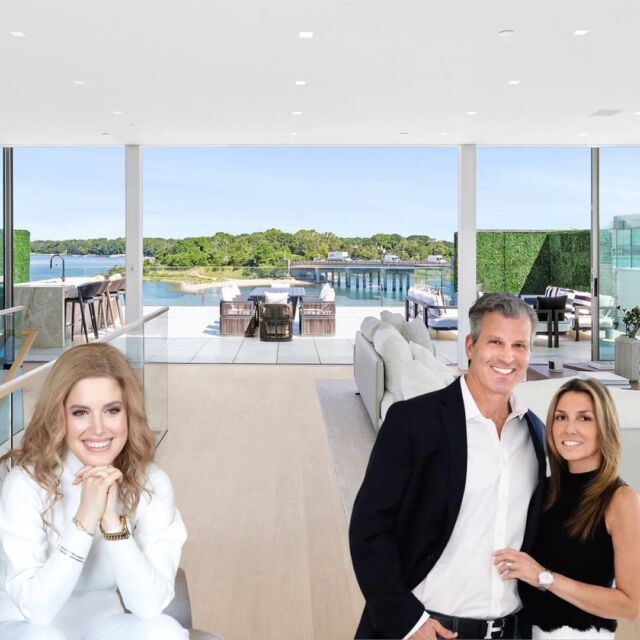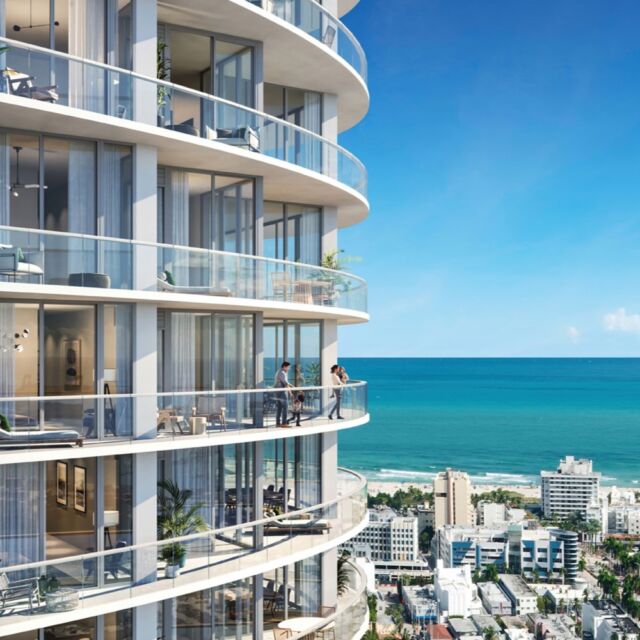
The passive house movement, which started in Germany, is a rigorous building standard that architects and homeowners can adopt, in order to greatly reduce a home’s environmental impact. Here, the word “passive” refers to the means, by which these buildings source heat passively from the sun, reducing energy consumption while prioritizing air quality, durability, and thermal comfort. Concerns that Germany and Switzerland have shared since the late 1980s have now begun to spread to the States, generating more interest in this building method.
A few years ago, I was the architect of my own passive-inspired house on the eastern end of Long Island. Below, I’ve highlighted 5 key principles of passive house building along with some reflections from my own experience.
Airtight Construction
Simply put, the way we built homes 20-30 years ago is not the way we should be building homes now. At the time, energy was cheap, and designing for maximum energy efficiency was not prioritized. As energy prices increased, there was a real push to analyze particular elements of the building envelope. The culmination of that push became building science and passive homes. Passive house standards call for a sealed envelope, meaning that any openings or penetrations in the structure must be closed. By effectively sealing the building, energy spent on heating and cooling is greatly reduced. This characteristic of passive building helps new structures exceed most state energy codes. Where New York state code requires 3 air changes per hour, passive building requires 0.6, resulting in much lower energy bills.
Quality Insulation / No Thermal Bridging
The more insulation a home has, the less energy it requires. The passive house formula, available via the North American Passive House Network, accounts for many aspects of the house such as dimensions, number of windows/window depth, perimeter of the building shell, and other very minute calculations, to determine the amount of insulation required for a structure. A key requirement of passive building is to prevent thermal bridging (the conduction of heat/cold from the exterior to the interior) by applying insulation to the exterior of the building’s sheathing.
Superior Windows
While passive homes require an airtight envelope, they can still have windows. However, because windows have lower R values (insulation values) than wall material, triple-glazed windows should be used instead of the double pane windows we typically see in the Northeast. Triple-glazed windows employ three panels of glass, which increase insulation and reduce noise trade — meaning the interior of passive buildings tend to be very quiet as an added benefit.
Solar Orientation
As I like to say, “There is nothing cheaper than free heat from the sun.” Passive buildings make optimal use of our earth’s seasonal sunlight patterns. In the Northeast, it is best to position your building facing toward the south, adding overhangs to the roofing and windows that block out the intense summer sun. This prevents the sun from heating the house to excess while allowing in the low-to-the-ground winter sun during the colder months.
Mechanical Ventilation with Heat Recovery
Because passive buildings are well sealed, a way to refresh the air inside is critical. ERVs are equipped with fans, one that draws fresh air into your home, and one that pulls stale air out. When the two airstreams pass through the ERV, a heat exchanger transfers heat and moisture from one airstream to the other. The ERV brings in the fresh air and exhausts stale air in an economical way, ensuring stale air does not remain indoors and that proper humidity levels are maintained. Who doesn’t want fresh air in their home?
In my experience, the effort required to build a passive house is well worth it. Any additional costs tend to effectively pay the homeowner back in monthly energy savings, and because passive houses require less heating and cooling, you end up with reduced mechanical equipment costs.


















![At @inspirseniorliving, they’re transforming senior living and elevating every dimension of life. With a philosophy that embraces enhanced wellness and immersive experiences, their communities offer residents a lifestyle that meets and exceeds everything they’ve envisioned for their lives; including Assisted Living, Memory Care, or Enhanced Care. [link in bio]](https://hamptonsrealestateshowcase.com/wp-content/uploads/sb-instagram-feed-images/452692090_1818077558601184_7837181803899896025_nfull.jpg)
![A winding private drive leads the way to 198 Two Holes of Water Road, situated on 10± acres with plenty of seclusion, privacy, and an all weather tennis court. After undergoing a top-to-bottom renovation in 2019, the estate has been marked by dramatic sculptural touches, wide expanses of scenic space, and is ready for immediate occupancy. Represented by @tomcavallo of @douglaselliman. [link in bio]](https://hamptonsrealestateshowcase.com/wp-content/uploads/sb-instagram-feed-images/452714375_18452144299030135_7245639606158274147_nfull.jpg)


![When Brooke Abrams undertook the interior decoration of an ultra-modern beach house designed by Bates Masi + Architects, her clients wanted everything to look very "rich and luxurious." In addition to unifying the interior space with the exterior space, Abrams sought to bring a sense of cohesiveness to the house. “It had a lot of beautiful pale woodwork in creams and beiges and greys,” she recalls. “Rather than introduce new colors, I felt it was important to stay within that neutral palate so that everything felt integrated.” [link in bio]](https://hamptonsrealestateshowcase.com/wp-content/uploads/sb-instagram-feed-images/452279191_374759435318292_2948881216648686178_nfull.jpg)


